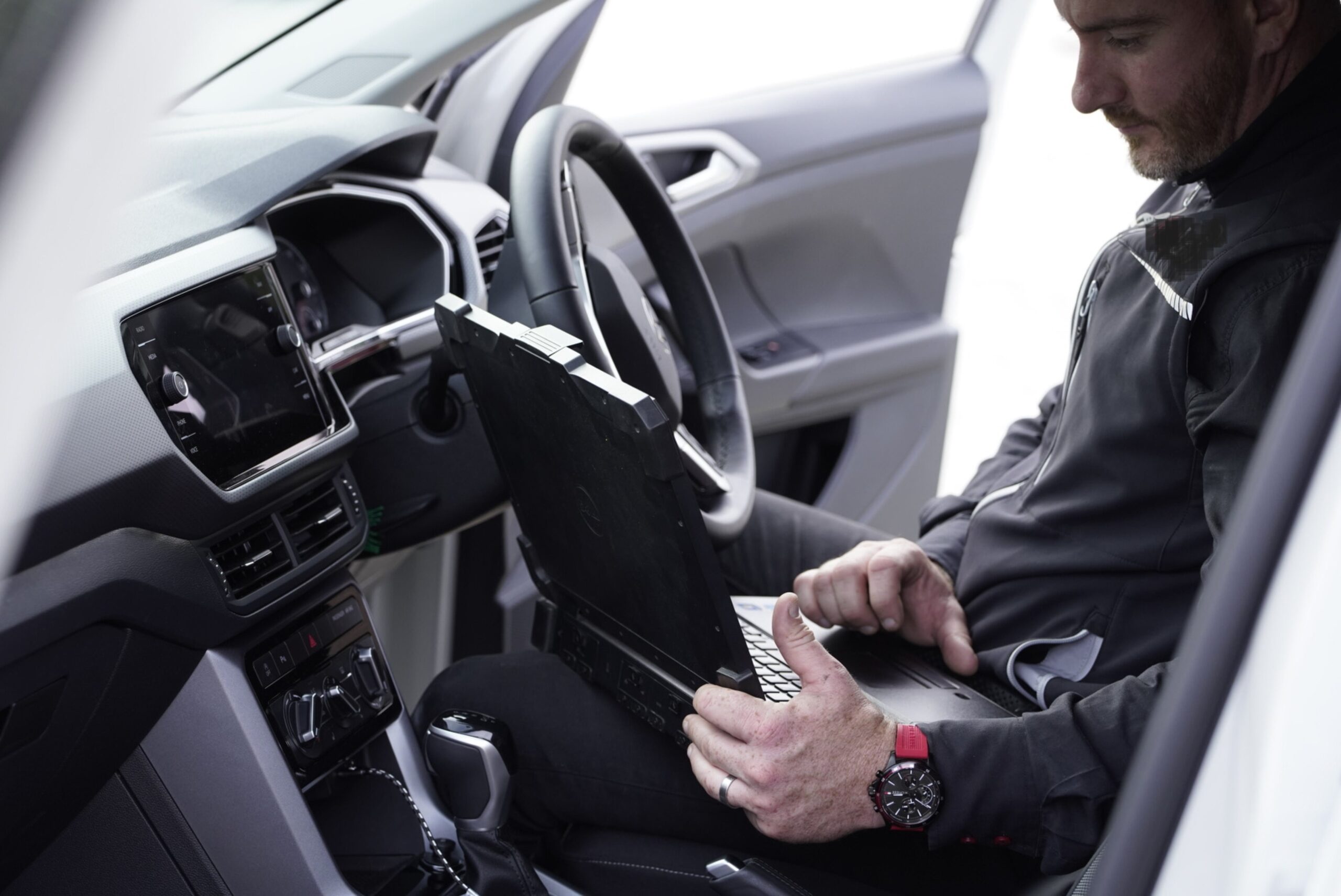
Ignition Repair Cost
Overview
-
Founded Date July 6, 1923
-
Sectors IT Consultant
-
Posted Jobs 0
-
Viewed 13
Company Description
Five Auto Ignition Repair Projects To Use For Any Budget
Auto Ignition Repair: Ensuring Your Vehicle Starts Every Time
The ignition system of a lorry is vital for its operation, functioning as the primary entrance to making sure that the engine starts effectively. Concerns with an auto ignition system can result in frustrating situations where a car declines to start or begin sporadically. Comprehending how to repair ignition issues not just conserves time but can also avoid significant expenses in the future. This article dives into what auto ignition systems are, how they work, typical concerns, and important repair techniques.

Understanding How Auto Ignition Systems Work
The auto ignition system is an assembly of parts that produces the stimulate required to spark the air-fuel mix in the engine’s cylinders. Here’s a streamlined breakdown of its primary elements:
- Ignition Coil: Transforms the battery’s low voltage to a high voltage.
- Supplier (in older systems): Directs the high voltage to the correct cylinder.
- Ignition Module: Controls the timing of the spark.
- Spark Plug: Fires to spark the air-fuel mixture.
- Crankshaft Position Sensor: Provides details about the position of the engine’s crankshaft to the ignition module.
Table 1: Key Components of an Auto Ignition System
| Component | Function |
|---|---|
| Ignition Coil | Increases battery voltage for the trigger |
| Distributor | Collaborates stimulate circulation to the cylinders |
| Ignition Module | Controls timing and series of sparks |
| Trigger Plug | Ignites the fuel-air mixture |
| Crankshaft Position Sensor | Displays crankshaft position for timing |
Typical Auto Ignition Problems
Auto ignition concerns can originate from numerous sources, each requiring an unique technique to repair. Below are some common issues:
- Dead Battery: A battery that can not hold charge will prevent the automobile from beginning.
- Faulty Ignition Switch: A malfunctioning switch can disrupt the whole ignition procedure.
- Worn Spark Plugs: Damaged plugs can trigger misfiring and problem beginning.
- Broken Ignition Coil: Without appropriate voltage generation, the spark plugs can not fire.
Table 2: Common Ignition Troubles and Their Symptoms
| Problem | Symptoms |
|---|---|
| Dead Battery | No control panel lights, nothing occurs when turning the key |
| Faulty Ignition Switch | Ignition light flickers, problem in turning key |
| Used Spark Plugs | Engine misfire, poor fuel efficiency, hard to begin |
| Broken Ignition Coil | Engine cranks however stops working to start, backfiring |
How to Diagnose Auto Ignition Issues
Detecting auto ignition issues frequently includes a methodical evaluation of the system’s components. Here’s a general technique:
- Check the Battery: Ensure it’s charged and the terminals are tidy.
- Examine the Ignition Switch: Make sure it’s functioning and that all connections are solid.
- Examine Spark Plugs: Remove and check for wear; replace if essential.
- Check the Ignition Coil: Use a multimeter to inspect for voltage output.
- Examine Wiring Connections: Look for any frayed or detached wires that may affect the system.
Steps for Checking Key Ignition Components
- Battery: Use a multimeter to determine voltage.
- Spark Plugs: Remove and check for wear; consider changing if damaged.
- Ignition Coil: Measure primary and secondary resistance based upon the maker’s specs.
Auto Ignition Repair Solutions
After diagnosing the issue, the repair process usually involves addressing the recognized problems. Here’s a succinct list of solutions:
- Replace the Battery: If the battery is dead, changing it is the simplest service.
- Repair or Replace the Ignition Switch: If malfunctioning, consider changing the switch to restore functionality.
- Modification Spark Plugs: Replace worn or broken stimulate plugs with brand-new ones.
- Replace or Repair the Ignition Coil: If it stops working, a replacement is needed.
- Fix Electrical Wiring: Repairing or replacing harmed wires, ports, or components.
Typical Tools Needed for DIY Ignition Repair
- Multimeter: For electrical screening
- Socket Set: For getting rid of ignition elements
- Screwdriver Set: For various screws and connectors
- Wrench Set: For protecting parts
Frequently Asked Questions (FAQs)
Q1: Can I repair the ignition system myself?A1: Yes, many ignition problems can be diagnosed and fixed with fundamental mechanical skills and tools. However, complicated issues might need professional help. Q2: How can I prevent ignition problems?A2: Regular upkeep,consisting of battery checks, trigger plug assessments, and making sure electrical connections are secure, can avoid ignition system concerns. Q3: What are some signs of a bad ignition coil?A3: Common indications consist of engine misfires, difficulty beginning,
backfiring, and lowered power. Q4: g28carkeys Is it pricey
to repair ignition issues?A4: Costs differ substantially based upon the nature of the problem, where labor and part prices
vary depending upon your location. Understanding the parts and function of your car’s ignition system is important for keeping a reliable and effectively running automobile. By remaining alert to

common concerns, participating in routine maintenance, and understanding how to perform basic repairs, vehicle owners can guarantee that their automobiles are constantly all set to strike the road. Auto ignition repair does not need to be a daunting task; with proper understanding and the right tools, many problems can be fixed efficiently and efficiently. In the journey to guarantee your automobile starts whenever, understanding truly is power. Whether choosing self-repair or seeking expert repairs, awareness of your ignition system is key to a smooth trip.
